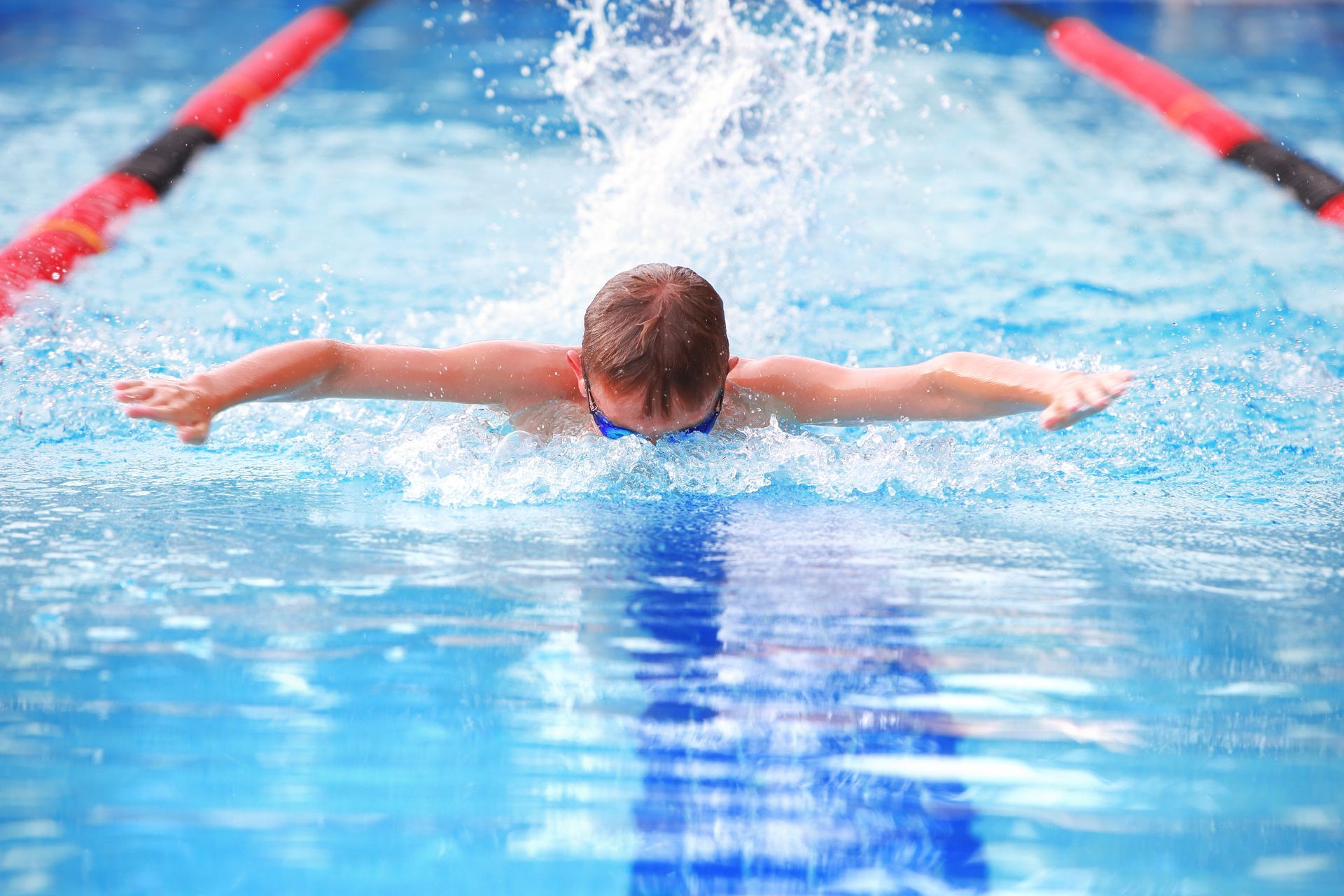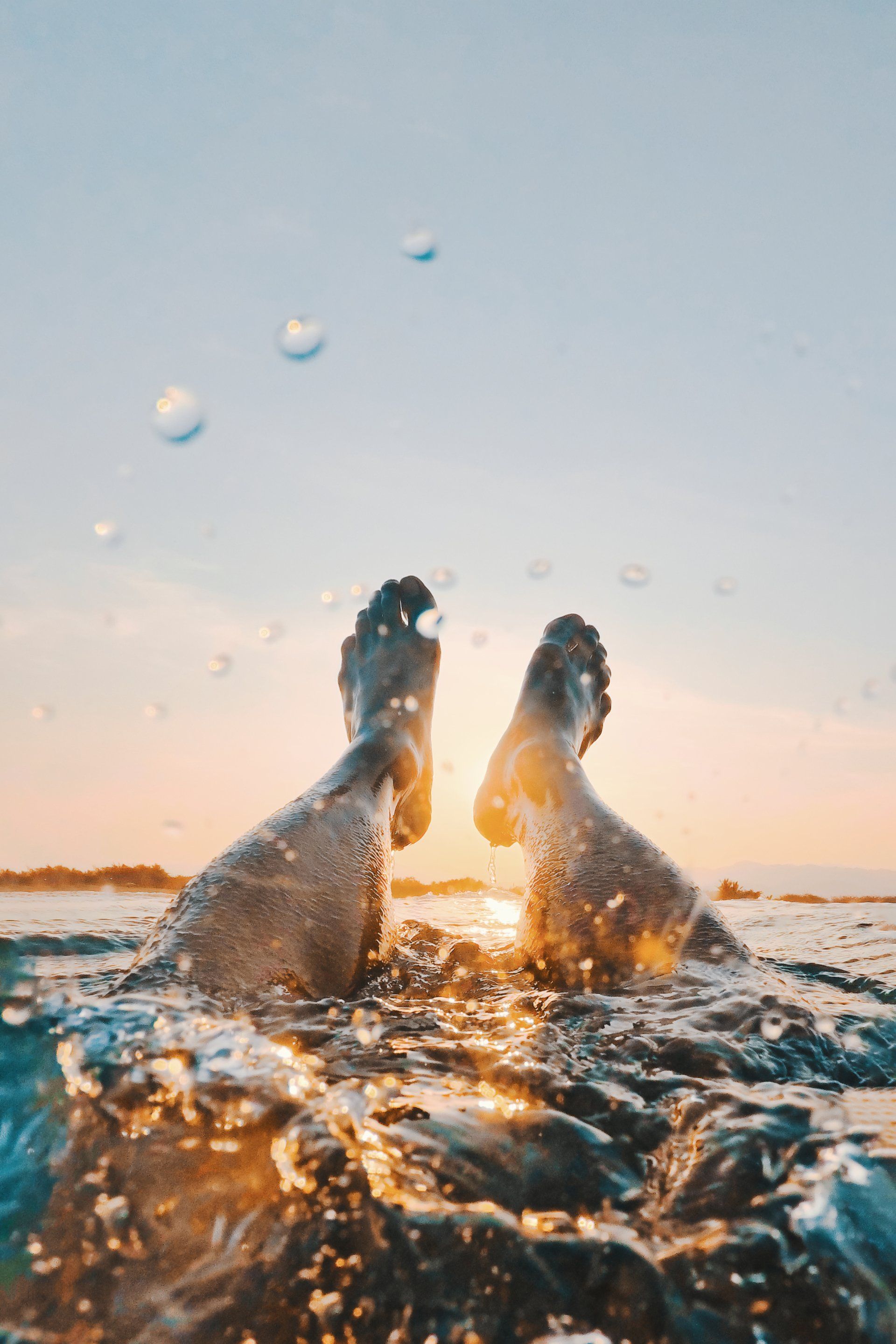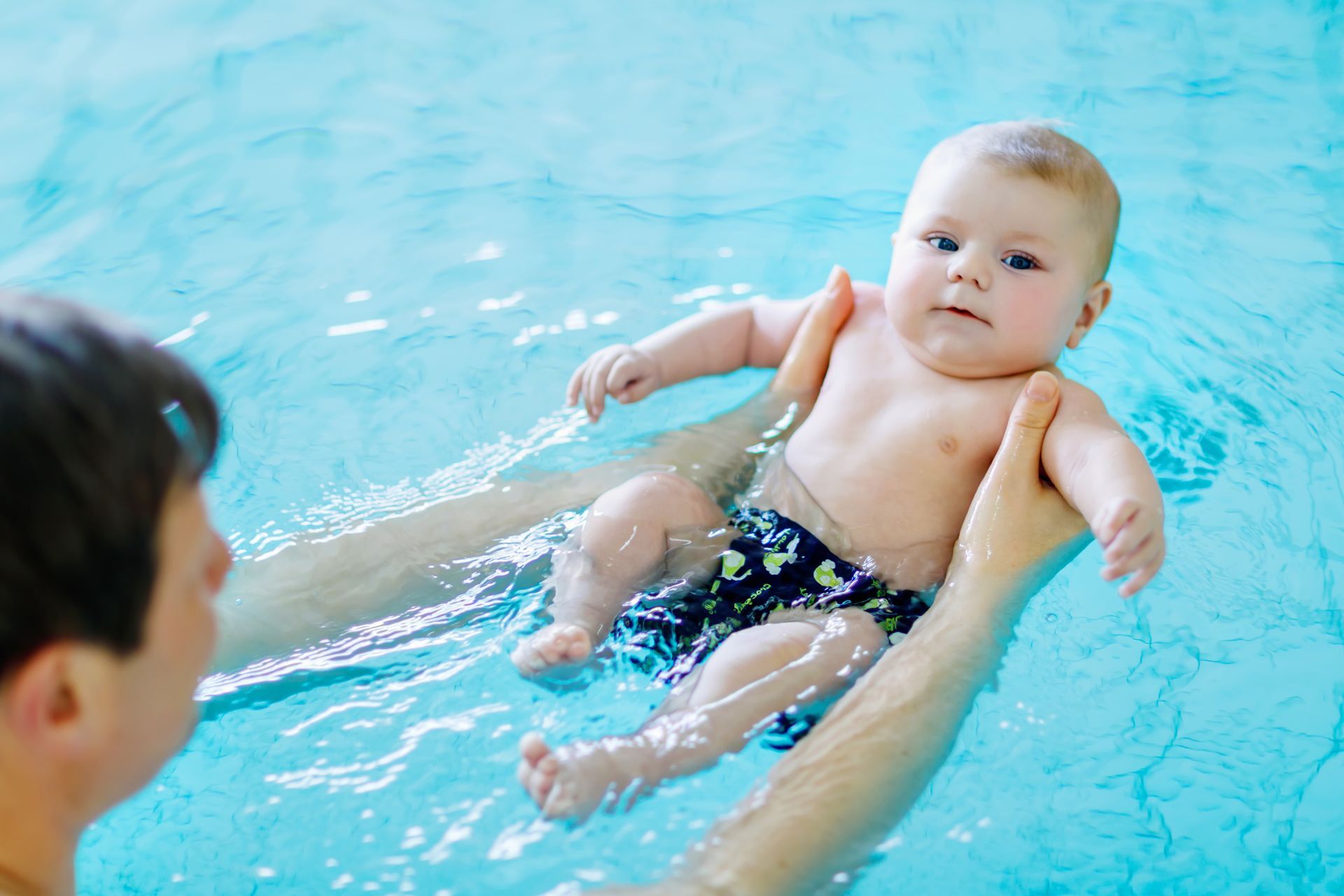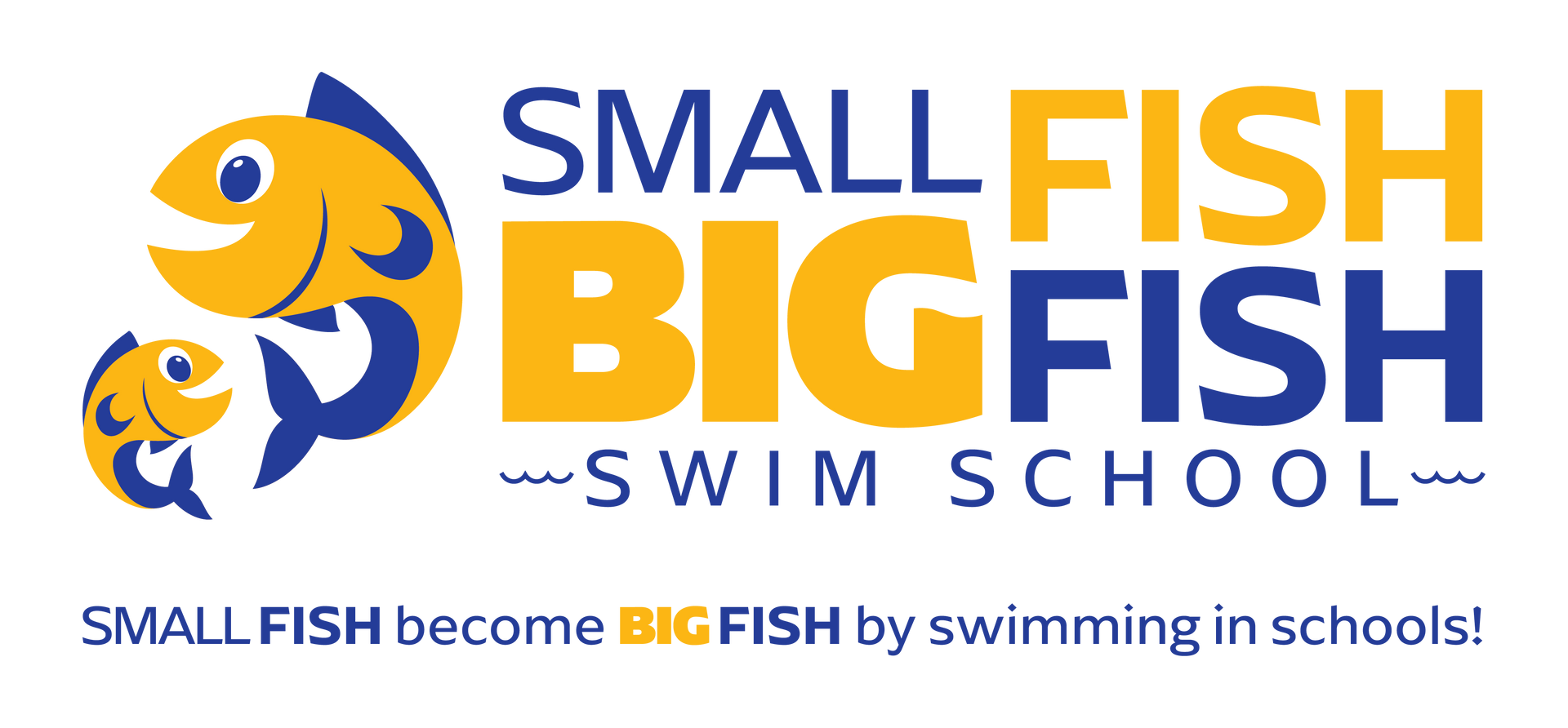Different Strokes

When it comes to swimming, there are different styles and strokes to become better swimmers in the water.
Here are 8 of them:
- Freestyle & Front Crawl – The Front Crawl is the first stroke swimmers in the water think of when competitors choose to use this stroke in freestyle events, as it is the fastest. To perform this position, swimmers need to lie on their stomachs with their bodies parallel to the water. Swimmers should propel themselves forward with alternating arm movements like a windmill pushing underwater and recovering above water. Swimmers’ legs propel them with a flattering kick that is performed with pointed feet. Swimmers move their legs up and down in modification. They should not bend their legs at the knee. Swimmers’ breathing time should match their swimming strokes when turning their heads sideways while their arm is above the water. While in the water, swimmers should not turn their heads too far and face upward or they will sink into the water instead of staying above the water.
- Backstroke – This stroke has similar movements to Front Crawl. The name speaks for its action. Swimmers in the water perform this on their backs. It is said that doctors recommend this stroke to individuals that have back pain. In the water, swimmers float on their backs and then move their arms in a windmill motion to propel themselves. Also, like Front Crawl, arms should move in a circular motion by pushing underwater and recovering above water. The legs should connect with a flutter kick. Faces should be above water so people can look straight. Swimmers need to keep their bodies as straight as they can but keep their legs underwater. The hips should not be too low, or their bodies will be too much. This will slow them down. It is important for swimmers to keep their legs underwater and use the movement of their hips to get a more powerful kick. The face must stay above the water, but they still need to be conscious of their breathing rhythm to be consistent with the strokes.
- Breaststroke – This stroke is known as slow and inexpensive. Beginners are taught breaststroke often because their head doesn't need to be underwater but needs to immerse their heads and breath at points during the performance. People need to be on their stomachs and move their arms simultaneously under the water in a half-rounded movement in front of their bodies. Legs need to whip and kick at the same time and need to move in a half-circular motion in front of the body. The whip kick is performed when bringing legs straight behind, close to the body, bending both at the knees and hips. Legs then should move outward and off to the side before expanding together. This is also known as frog’s movement. The timing of the arm stroke needs to match the leg movements for more efficient momentum by resting the arms while the legs kick and straightening the legs while the arms push the bodies forward.
- Butterfly – This stroke is a great workout because it’s a struggle to learn, but it is fun. It is known as the second fastest competitive swimming technique. The stroke is performed by having swimmers lay horizontally on their stomachs facing the bottom of the pool. Swimmers should bring their arms together over their head and push them into the water to thrust them forward and bring them up out of the water. Then this is repeated. As swimmers move their arms in the water, they push their heads and shoulders to the surface. Swimmers should perform a dolphin kick that entails legs staying together and straight like how a dolphin’s lower body and tail move. Their bodies should move in a fluid wave-like motion. Taking a breath should be done when arms are coming out of the water right before they start the next thrust. Then they need to lift their head straight during this movement.
- Sidestroke – This older stroke is important to learn for safety reasons. Lifeguards use this stroke to rescue people in the water because it allows them to pull someone with them. Performing this stroke is swimming on the side and pushing forward with a scissor kick and rotating arm movements. This is an easier stroke to learn and is different from other strokes. Swimmers can think of this stroke as apple picking. The first arm will reach above the head to pick an apple, then the hands will move to the chest. The apple is placed in the second arm (the side of the body that is on top and partly out of the water). The second arm will toss the apple behind and the first arm will pick another apple above the head.
- Elementary Backstroke – It uses a reversed breaststroke kick while your arms move in sync beneath the water. This is called elementary because it is easy to pick up and it is the first technique. Also, it is the first swim stroke taught to people in the pool. Children are given nicknames for the movement. Hands should be put to the armpits like a monkey, spread arms like an airplane, and push them down to your sides like a soldier.
- Combat Side Stroke – US Navy Seals learn this stroke which is efficient and energy-saving. The combat side stroke is a kind of combination of breaststroke, freestyle, and, obviously, sidestroke. It is kind of like a superpower making swimmers less visible but letting them swim with the highest effectiveness that is needed to swim on the surface. People need to focus on balance, length, and rotation.
- Trudgen – This stroke was named after the English swimmer John Trudgen. Swimmers swim on their side lifting each arm out of the water and over their heads. They spread their legs apart to prepare to kick and then as their arm comes down, they should straighten their legs apart to prepare to kick.
Being in the water is enjoyable and using these swimming styles and strokes makes the activity fun and exciting. Swimmers’ experiences in the water need to be filled with unforgettable memories that put smiles on their faces. That's what having fun in the sun should do.


Our kiddos progress thru our child centered curriculum while learning survival skills and having fun



